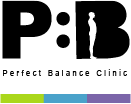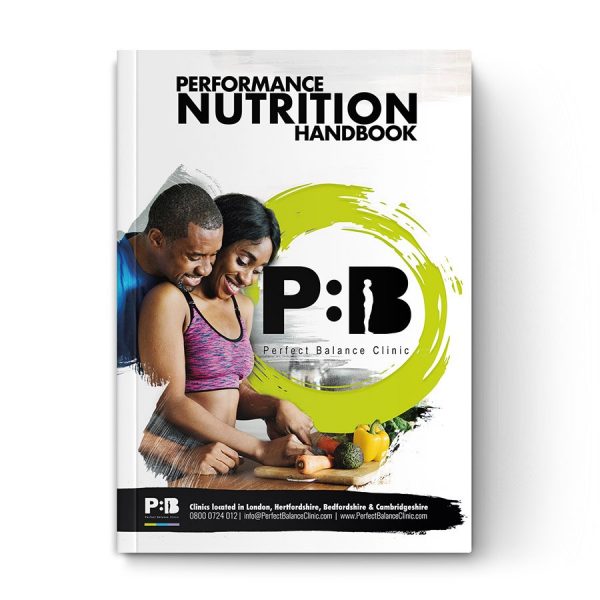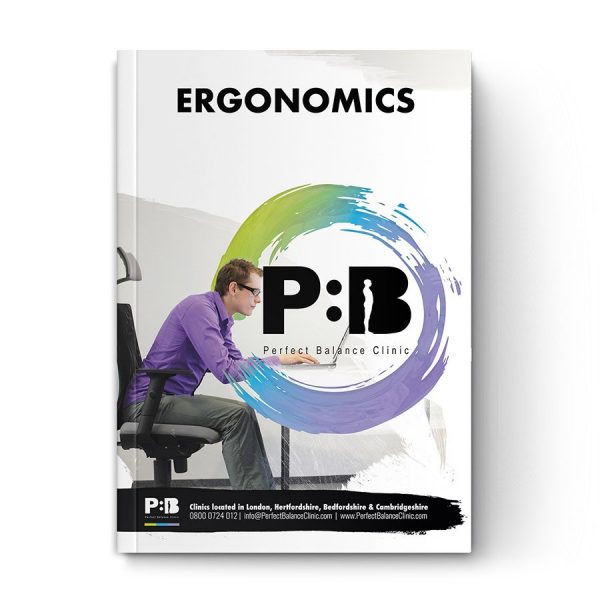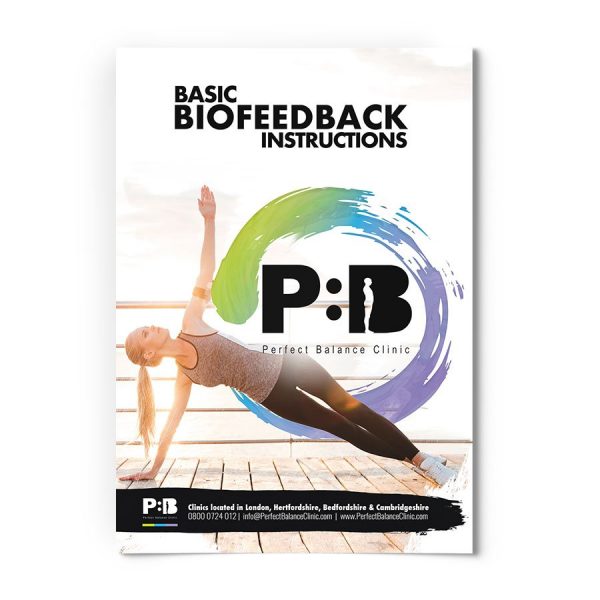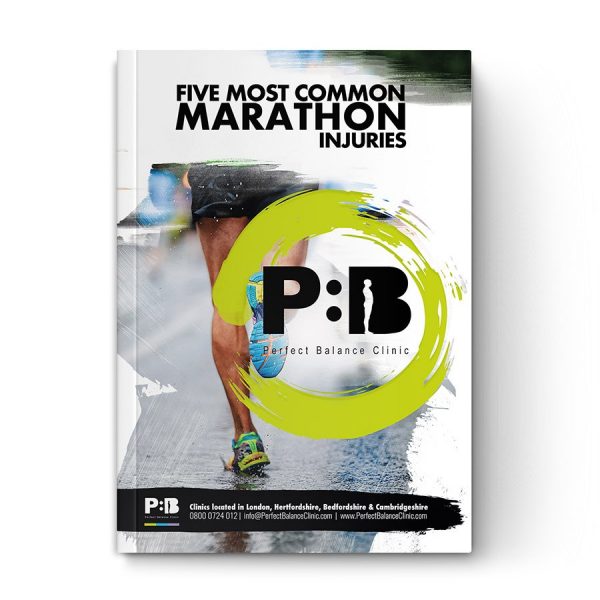What is cartilage?
Cartilage is made up of a structural molecule known as the matrix. The matrix consists of different proteoglycans, collagens, and non-collagenous proteins.
The rest is made up of water. Sixty-five to eighty percent of the wet weight of cartilage is water and the rest is made up of the matrix.
If we now think of elastic cartilage, it has very similar properties to the cartilage just described, but it has elastic fibres embedded in the structure, therefore allowing flexibility.
(It’s amazing how much stress your cartilage can go through when so much of it is made up of water.)
What are the different types of cartilage?
There are three main types of cartilage in the body:
- Hyaline cartilage/articular cartilage found in joints and in the nasal septum (the part that separates your nostrils)
- Elastic cartilage found in parts of the nose and air tubes
- Fibrous cartilage found in the meniscus (within the knee joint)
What maintains the cartilage?
Your body does! There are cells known as chondrocytes, whose role is to make sure the structure is constantly maintained. The origins of the chondrocytes suggest that they are responsible for the production of matrices.
The problem with the cartilage
Cartilage is avascular, which means that it has a low blood supply, therefore injuries will take longer to heal.
In adults, hyaline cartilage cannot perform cell division due to its little capacity and, therefore, direct trauma or damage cannot be repaired properly. The body does replace it, but with fibrocartilage instead.
Osteoarticular Allograft Transfer System
The Osteoarticular Allograft Transfer System is a surgical procedure that repairs articular cartilage after damage through trauma or if there are defects with the cartilage.
Two types of trauma/defect in the cartilage include:
- Partial-thickness where the trauma/defect does not penetrate to the bone (subchondral bone); it is located within the cartilaginous region, on the joint/articular surface. This means that during the healing process, it will not recover spontaneously and therefore, lead to wear and tear (degenerative process)
- Full-thickness where the trauma/defect penetrates the cartilage to the bone (subchondral bone). During the healing process, it can repair, but with a different type of cartilage fibrocartilage (see above regarding the different types of cartilage and their properties)
How to diagnose damage to the articular cartilage
Firstly, a competent practitioner will take a detailed case history and carry out a thorough examination. It is thought that MRI and other radiographic images are very helpful; however, the procedure that is most effective is an arthroscopic examination. (This means making a little hole near your joint and passing an endoscope through to see inside the joint.) As you can imagine, the examination is far more accurate because the camera can focus directly on your joint.
Using the Osteoarticular Allograft Transfer System
For the optimal effect of the OATS procedure, a small defect in the cartilage is ideal; a full-thickness defect would be the best type to operate on. The OATS procedure does not work too well with large defects due to the technical inability in building/reconstructing subchondral bone.
What does the surgeon do to treat damaged cartilage?
There are a few different techniques, including:
- Microfracture
- OATS technique
- Osteochondral Allograph (a type of cartilage transplant procedure)
- Autologous Chondrocyte Implantation (ACI) a patient’s cartilage is taken to a lab and the cells are grown. They are then re-fitted back into the patient and therefore there is no rejection as the body accepts its own cells.
The surgeon will examine the defect in the cartilage; let’s use the knee cartilage as an example. The knee is a weight-bearing joint; however, there are areas within the knee joint that are not predisposed to carry weight. The surgeon will use the good cartilage from the non-weight-bearing part and make a similar-sized defect (deliberately). This good part will be transferred and placed into the defected weight-bearing part of the same person. The surgeon has the non-weight-bearing region to re-patch, so a donor’s cartilage is used to mark out the same size and shape to transfer into the patient’s non-weight-bearing part of the knee. Now both defects are covered: the original defect and the man-made defect, and the surface is smooth again (good as new!).
This normally takes about eight weeks to heal with excellently guided physiotherapy, rehabilitation and the right attitude from the patient.
(Please watch this YouTube clip. It shows you the technique of how this procedure is done on a knee. There is no blood so those of you who have blood phobias can also watch without worrying!)
For more information about Cartilage and the OATS Procedure
This article was written by our team of specialist therapists at Perfect Balance Clinic. If you would like more specific advice about how our team can help you with this condition or symptoms you may be having, please complete the contact form below and one of the team will get back to you shortly.

